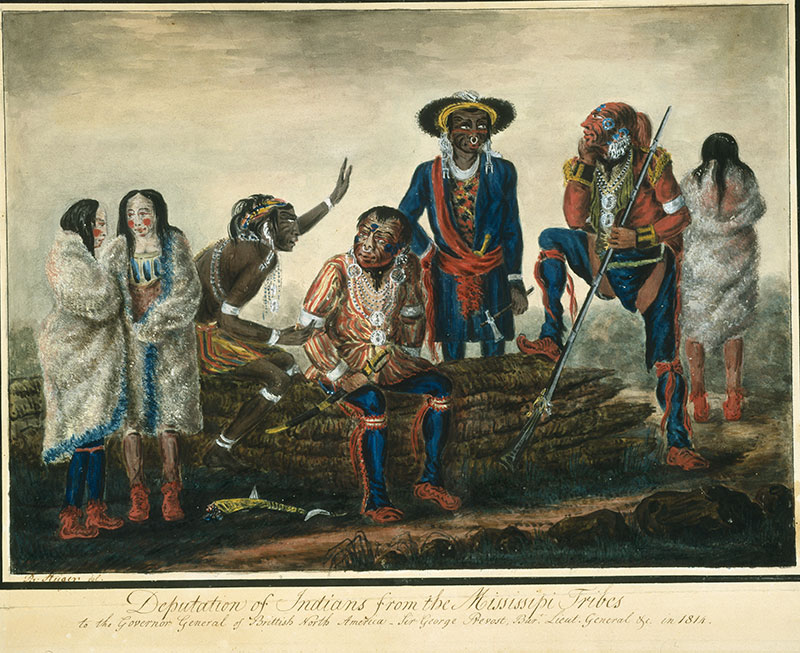Everythingg
King-Over-Kingz
Drawings ...
Well, we can also believe Jesus is white huh?
Well is it your opinion that the same people who made Jesus white are the same people who made a people who weren't black, black?

.
Your first image is from: The native races of the Pacific states of North America : Bancroft, Hubert Howe, 1832-1918 : Free Download & Streaming : Internet Archive
The native races of the Pacific states of North America
by Bancroft, Hubert Howe, 1832-1918
Notes: check the dates 1832-1918 --let's say these are accurate depictions -- they were known to mix with Africans who escaped to North America/Pacific States. Meaning NOT indigenous.
Show me where you get that those groups mixed with Africans
Your Second Image:
Palmasur: Trujillo del Peru in the 18th century. Martínez Compañón
Image Caption: Negro.Trujillo del Perú en el Siglo XVIII. Martínez Compañón
A collection of watercolours commissioned by the Bishop of Trujillo D. Baltasar Jaime Martínez Compañón y Bujanda, the originals of which are stored in nine volumes in the Library of the Royal Palace in Madrid. Published between 1987 and 1991 by Ediciones de Cultura Hispánica of the Instituto de Cooperación Iberoamericana in conjunction with the Patrimonio Nacional in Madrid.
D. Baltasar Jaime Martínez Compañón was born in 1735 in Cabredo, Navarra (Spain). After an intensive academic preparation based on Philosophy, Law and Music, he was ordained as a priest. Soon after this he travelled to the New World, having been appointed Bishop of Trujillo en el Virreinato del Peru in 1778 and ten years later Archbishop of Bogotá, where he died in 1797.
Between 1782 and 1785 he journeyed through the vast region that had been placed in his charge in order to acquaint himself with the area and to write its history. He made extensive notes to record his travels and had a series of colour illustrations made (over 1,400) which show the various facets of life in the north west of Peru: from plants, animals and maps to portraits of important people, different ethnic groups and a wide variety of the customs of the region, including the scores of 20 pieces of popular music.
Martínez Compañón sent these illustrations to the King of Spain, Carlos IV. They were grouped into nine volumes, which now form part of the collection of the Royal Library at the Royal Palace in Madrid. He also sent archaeological pieces and a large number of works of art and natural specimens.
Volume I contains a series of maps, plans and drawings relating to the diocese of Trujillo, its provinces and some of its cities, along with portraits of local figures. Volume II includes scenes of local life of the different ethnic groups in the Trujillo area; there are also 18 plates with the scores of the 20 pieces of music of the codex. Volumes III to V are dedicated to the plant kingdom. The following three volumes of the codex are devoted to the animal kingdom and, finally, volume IX illustrates the indigenous past of Peru.
The study of the flora of Peru, comprising 489 plates, was unprecedented in its scope and floral richness, surpassing even the work of the Spanish academics Ruiz and Pavón during their expedition of 1778-1788, which for the first time in America used the taxonomic methods presented by Linneo in his Natural System.
Practically all the images of the Codex Trujillo in Peru in the 18th century can be found in the website of the Biblioteca Virtual Miguel de Cervantes.
What are you reading? The link is talking about the artist being born in the 1700s. What point are you making? As well, there's more where that came from









